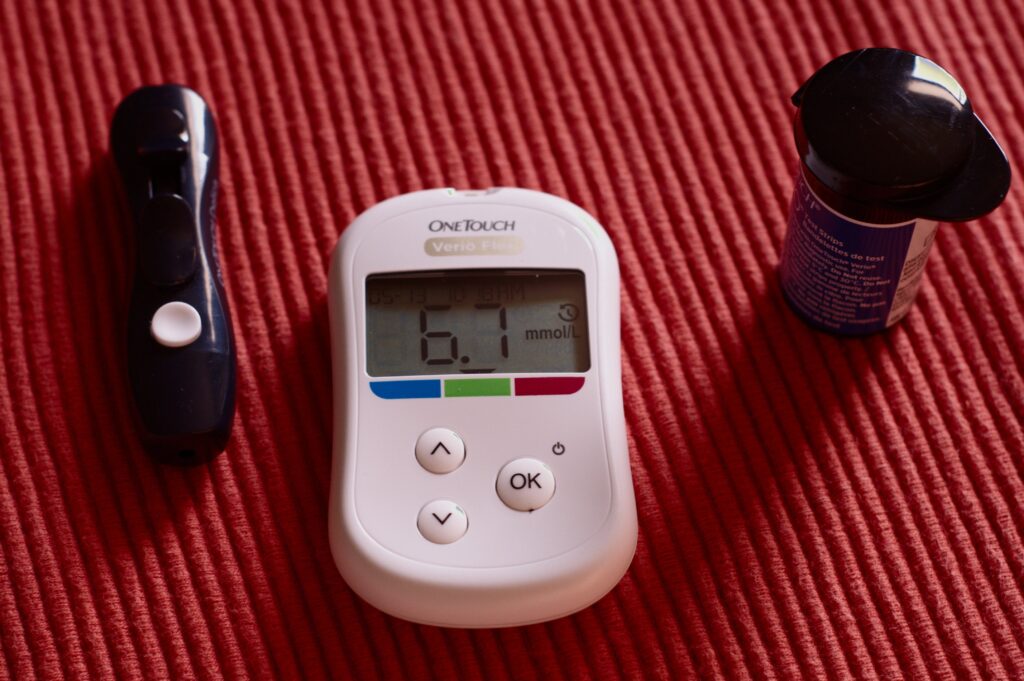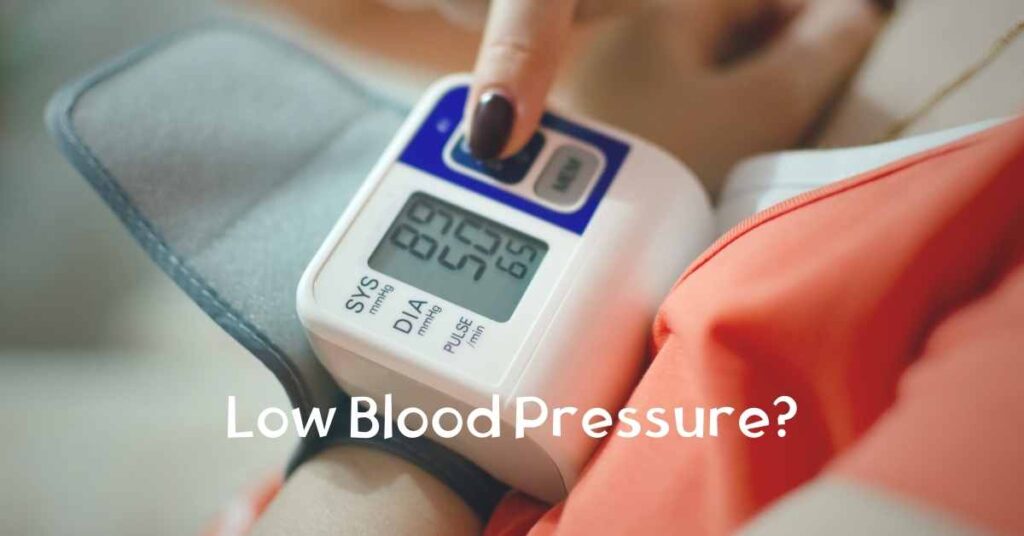Teeth in a day! It is like baby is demanding her lost tooth to her dad and he is agreed to give! Yes, it is possible to get back your lost teeth in a day. Sounds impossible?!
We lose our teeth and wait for a longer time to get a replacement. But things are changed now. You can go for extraction, and on the same day, you can get the replacement of teeth. Yes, you heard it right. The patient needs to consider their option of replacement without delay and a second thought.
10 Reasons to Replace Lost Tooth
We need to replace the lost tooth immediately. Because when we delay in replacement of a lost tooth, then ten things can happen
- Bone resorption occurs in the lost tooth area, so it loses its ability to withstand an artificial tooth.
- The adjacent tooth drifts in that area where the lost tooth previously occupied the space, so there is a shortage of adequate space to replace the tooth.
- As the adjacent tooth changes its position, the opposite arch’s tooth also tries to fill up the space by moving vertically. Hence, the bite becomes altered, and it becomes more difficult to replace the lost tooth without modifying the adjacent tooth.
- As the bite changes with time due to the shifting of another adjacent tooth to fill up the lost tooth area, there is a change in the whole musculoskeletal system; as a result, Temperomandibular joint pain may start. The Temperomandibular joint, muscles of the head, neck region, and teeth – all are dependent on each other. If one system fails, then the problem starts with the other system also. That is why we see when we have any abnormality in our bite (to occlude both upper and lower teeth) many times we feel pain in the Temperomandibular joint region.
- Due to the loss of teeth, the integrity between the adjacent tooth is lost. So a gap appears between teeth. As a result, food can easily accumulate in that gap and causes inflammation, pain, etc.
- Due to food impaction, the chances of caries are also increased. So the health of other teeth is also hampered.
- Loss of front teeth looks ugly. As the space is created due to tooth loss, the tongue may come out through that space, create an additional problem.
- When there is loss of more than one teeth, the problem increases more due to loss of teeth, muscle activity changes, and our look changes.
- If we lose the posterior teeth, grinding of the tooth becomes difficult, impacting our quality of life.
- If we lose teeth, it also creates speech problems. So it becomes a concern with time.
So it is highly recommended to go for the reconstructive (replacement) option as early as possible. And for this, teeth in a day is a good choice.
What is Teeth in a Day?
Teeth in a day are nothing but a unique dental supported dental process. Here you no need to wait for months. In other cases, we see teeth removal, placing dental implants, designing the denture, finally attaching the denture, and all these need a couple of months to complete. So you need to wait months to get the replacement and spend your time without teeth until the replacement is done. Teeth in a day solve this problem. Immediately after removing teeth, a traditional removable denture or an immediate load implant retained removable denture is placed. In most cases, you need adjustment of your denture or replace that denture after your complete healing of that region before permanently attaching the denture.
So, in brief, teeth in a day cases are usually those cases where all diseased teeth are removed, the implant is placed, and then a temporary restoration is placed there- all is done in a single visit. After several months, when the healing is complete, the permanent restoration is placed there.
Teeth in a day are done for complete arch dental implant restoration or a single tooth. But the procedure is the same. Both cases initially require a temporary restoration that is finally replaced by permanent restoration.
Dental Implant Procedure
Dental implant is a new technique for tooth replacement. The advantage of a dental implant is it fits well within the jawbone and gives a feeling of natural teeth. A dental implant is an artificial tooth ” root substitute” commonly made from metal titanium. This implant is surgically placed in your mouth in the lost tooth region. On top of the implant, a crown, denture, or bridge is placed. With time the implant fuses to the jawbone. When it fuses to the jawbone, then it is considered as healing is complete.
After dental implant placement, you need to maintain oral hygiene. Otherwise, failure of an implant can occur.
Who is Eligible for a Dental Implant?
- If you have missing teeth
- If you have diseased teeth that need the removal of teeth
- If you have grossly damaged teeth
- If you have long term dental problems
For the placement of a dental implant, adequate bone is needed. So if there is resorption of bone, you may need a bone graft additionally.
Why Dental Implants Fail?
The placement of dental implants varies from case to case, so the modality of treatment also differs. The success rate of the dental implant also depends upon several factors such as
- Suppose you have any underlying medical condition (Example – diabetes, osteoporosis, etc.). When you have an underlying medical condition, the chances of failure of an implant are more.
- If you take regular medicines for any disease that can affect your immune system or weaken your immunity. In these cases, as our immunity is compromised, healing takes a longer time to complete, and sometimes recovery is hampered so much that complete healing does not occur. So chances of implant failure become more.
- If you are a smoker, smoking is related to an increased chance of implant failure.
- Suppose you are ignorant about oral hygiene maintenance. When you can not maintain oral hygiene properly, then the chances of implant failure increase. Your oral cavity becomes more prone to infection, and failure of the implant is obvious.
- When you have any muscle disorder such as myasthenia gravis or any other disease such as Parkinson’s disease, brushing becomes more difficult. In these cases, a powered toothbrush may help. Maintaining oral hygiene is of utmost necessary for implant success. So in the above mentioned cases, if oral hygiene is not properly maintained, the risk of implant failure is more.
Who can go for Teeth in a Day?
Teeth in a day can be done in
- Anyone with a missing teeth
- Anyone who will go for tooth extraction soon
- A healthy patient who chooses to go for these teeth in a day procedure after tooth loss has a greater chance of success.
Here it is important to note that anyone can go for teeth in a day procedure, but the ultimate success of treatment depends upon the factors mentioned above. Your dentist can guide you if you are suitable for teeth in a day procedure based upon your overall health condition, your oral health condition, and your willingness to go for this treatment procedure. One can predict the chances for this treatment’s success but can not ensure you ultimately the ultimate treatment outcome. Every individual is different, so if your body can adjust to the foreign implant, the treatment will succeed. Most of the time, if the body is healthy and other factors such as good bone health, good oral hygiene, etc., are maintained, then implant failure usually not occurs.
How Teeth in a Day works?
High resolution CT, 3D X-ray of your jawbone needs to be done. Everything is evaluated by the structure of your jawbone, adjacent teeth, nerve position, any vital structure nearby and their relations, etc. Then it is determined where we need to place the implant. A non removable appliance is made to attach over the implants immediately after the placement of the implant so that they can provide reliable, wanted function.
You will receive two restorations. After you receive the temporary initial restoration, the teeth in a day process started. Any damaged teeth are removed. Next, the dental implant post is placed, and your dentist will position the temporary restoration. After healing occurs in the implant region, the abutments, the attachment pieces are placed. Next, the impression of your teeth is taken to do your final restoration or to adjust your temporary denture that can be attached to the implant posts.
Teeth in a Day Disadvantages
Just like other dental procedures, teeth in a day also has some drawbacks, such as
- More expensive in the long run as usually two prosthetics are needed.
- Greater risk of dental failure in comparison with those who receive traditional dental implant supported dentures.
Teeth in a Day Advantages
There are certainly benefits of Teeth in a day. The benefits are
- You need to spend no time without teeth, so facial shape is maintained, chewing function is not hampered, and you can maintain clear speech.
- The temporary prosthetics that you receive initially provide additional protection when your dental implant fuses with the bone.
- You can maintain your smile throughout the treatment process; it gives additional confidence.
Takeaway
With time, the advanced treatments are coming, especially for cosmetic purposes. Teeth in a day not only helps to restore comfort and function of teeth, it also helps to maintain aesthetics. So one does not need to stay without the teeth! Certainly it helps to reduce the time of treatment and all associated hazards. Most importantly it helps to build the confidence that one loose after tooth extraction.
Your dentist can guide you in more personal approach as this treatment is thoroughly a personal approach based. Not everyone is eligible for Tooth in a Day. So it is important to check that eligibility first. Speak to your dentist and take the decision. Stay healthy and happy.





